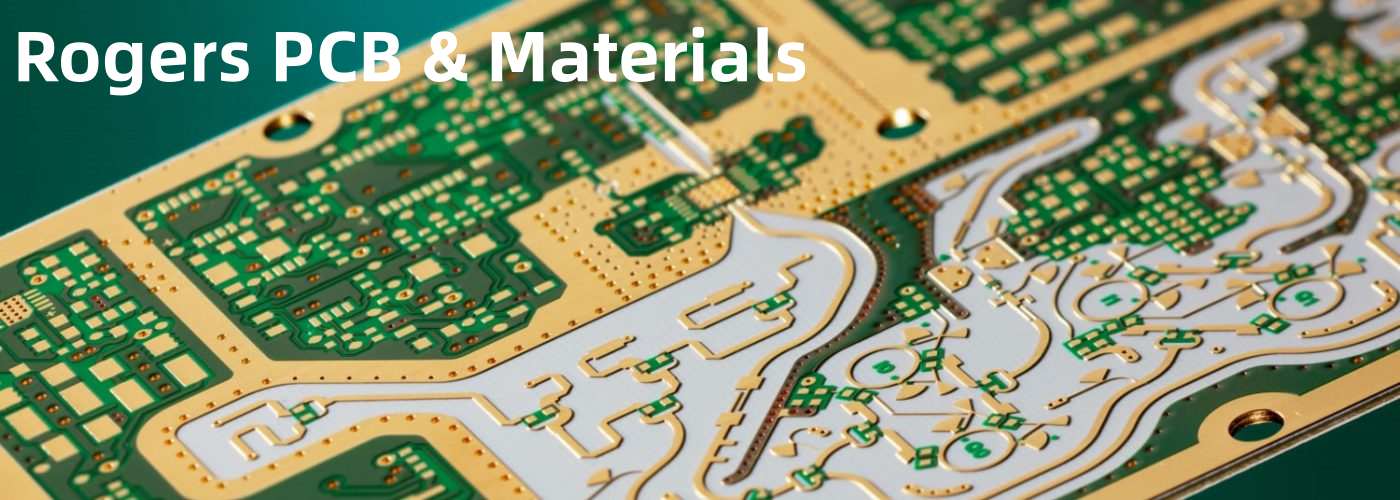Introduction
PORON EVE is a type of foam insole material that provides cushioning, shock absorption, and comfort for shoes and other footwear. In this article, we’ll explore the key benefits and features of PORON EVE foam insoles to understand why they are a popular choice for many shoe brands and consumers.
Key Benefits of PORON EVE Foam Insoles
PORON EVE foam offers several advantages that make it a top choice for insole cushioning:
Excellent Shock Absorption
PORON EVE foam absorbs impact and disperses shock efficiently when walking or running. This helps reduce stress on joints and muscles in the feet, ankles, knees, and hips.
Long-Lasting Cushioning
Unlike many other foam materials, PORON EVE retains its cushioning properties over time. The foam doesn’t compress and “bottom out” as quickly under repeated impact. This provides enduring comfort and support.
Lightweight
PORON EVE foam adds cushioning without significantly increasing the weight of a shoe. This is important for athletic performance footwear.
Moisture Wicking
The open-cell structure of PORON EVE allows moisture and heat to dissipate through the foam. This helps keep feet drier and cooler.
Odor Resistant
PORON EVE foam inhibits the growth of odor-causing bacteria. This helps shoes maintain a fresher smell compared to other foam cushioning types.
Flexible Support
PORON EVE conforms to the shape of the foot while still providing supportive cushioning. This combination of flexibility and support enhances comfort.
Key Features of PORON EVE Insoles

In addition to the performance benefits above, PORON EVE insoles have distinct material characteristics:
- Density: Mid-range density between soft, low-impact foams and rigid, high-impact foams. The moderate density provides an optimal balance of cushioning and support.
- Cell Structure: Interconnected open cells allow air flow and dissipation of heat/moisture. Closed-cell foams trap heat and can cause sweating.
- Thickness: Typically 2mm to 5mm thick. Thicker versions provide maximum shock absorption while thinner versions suit casual shoes and low-impact activities.
- Covering Material: Usually covered in a moisture-wicking brushed nylon or microfiber fabric. Uncovered EVE foam can also be utilized.
- Antimicrobial: Contains an antimicrobial treatment to inhibit odors and bacteria growth in the foam over time.
- Manufacturing Process: Made via an environmentally-friendly closed-loop production process with minimal waste.
Comparison of PORON EVE to Other Foam Types
| Foam Type | Cushioning | Shock Absorption | Flexibility | Odor Resistance | Moisture Wicking |
|---|---|---|---|---|---|
| PORON EVE | Excellent | Excellent | Good | Excellent | Excellent |
| EVA Foam | Good | Moderate | Fair | Moderate | Low |
| Memory Foam | Excellent | Good | Low | Moderate | Low |
| PU Foam | Good | Moderate | Good | Low | Low |
Frequently Asked Questions
Q: Is PORON EVE foam durable?
A: Yes, PORON EVE is highly durable and retains its cushioning properties longer than many other foam types like EVA or PU. The foam won’t compress down excessively or lose cushioning as quickly over time.
Q: Is PORON EVE foam recyclable?
A: PORON EVE is recyclable under certain programs that can recover polyurethane foam materials. It’s also manufactured using an environmentally responsible closed-loop process that minimizes waste.
Q: How does PORON EVE compare to memory foam?
A: Memory foam provides very soft, deep cushioning but minimal bounce-back, while PORON EVE offers more balanced, moderate cushioning with good shock absorption. PORON EVE also won’t retain heat like memory foam.
Q: Can PORON EVE foam get wet?
A: Yes, PORON EVE will not degrade or lose structural integrity when damp or wet. The open-cell design allows moisture to pass through the foam quickly. However, insoles should be allowed to fully dry out before wearing again.
Q: What are the main uses for PORON EVE foam?
A: PORON EVE is primarily used for insoles in athletic, casual, and work footwear where cushioning, shock absorption, and odor/moisture management are important. It’s also used for specialty orthotic and prosthetic applications.

Leave a Reply